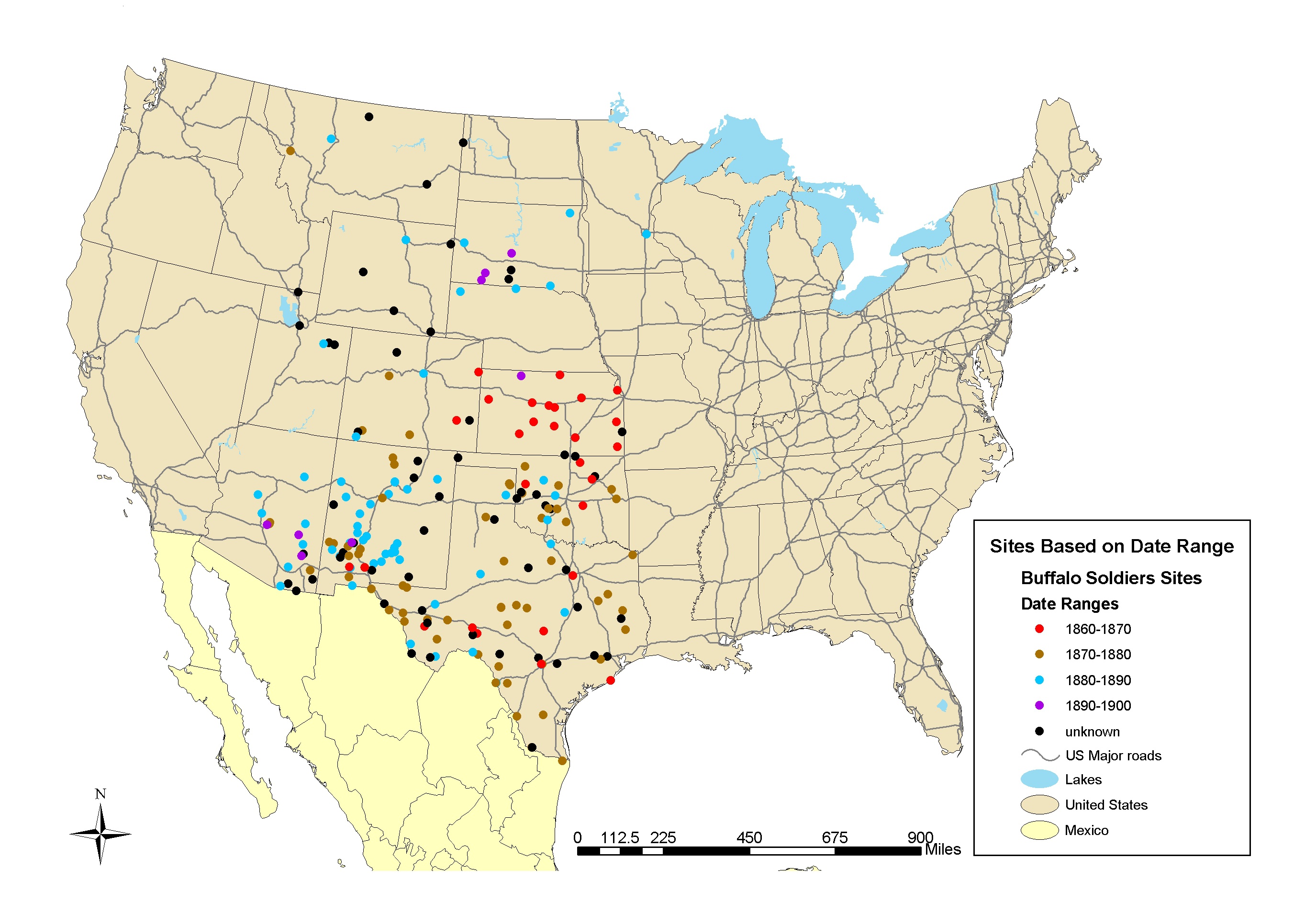When it came to the buffalo soldiers, the government's impact didn't match what it meant to accomplish. What it meant to accomplish was likely the superficial inclusion of black troops while in actuality placing them far below any white soldiers. In a sense, they did succeed; the buffalo soldiers went out west, doing tough jobs that no one else was willing to do, while at a disadvantage with low quality supplies. Yet, at the same time, the strength of the buffalo soldiers drew the respect not of whites, but of Native Americans, who gave the the name buffalo soldiers for 1. their resemblance to buffalo in their hair and 2. their fierce fighting spirit like that of a wounded buffalo. It has also earned them a modern legacy of courage and bravery. Superficially, the government at the time accomplished what they wanted in making things rough for the buffalo soldiers, but in the end, the buffalo soldiers left their mark in history.
On the other hand, the government ultimately got what it wanted when dealing with the Native Americans out west: getting rid of their cultural presence. General Sherman, back from the Civil War, used his total war tactics on the Native Americans, wiping out the tribes by getting rid of their horses and the buffalo that they relied on. Less annihilitory tactics tried moving the tribes onto reservations, and then attempting to assimilate them into white culture by telling them to farm, in the form of the Dawes Act (1887, excerpts here), which split reservation land into sections for the residents to farm on. Eventually, things came to a head in 1890 with the Wounded Knee Massacre, ending with more than 150 Sioux killed and ending Native American resistance to white culture. (from this nice little chart here) With the Native Americans out of the way, the U.S. was free to expand westward.
I think the class managed well enough on our own this week. We got through the material a lot quicker because we knew what we were doing, and read in small groups rather than out loud as a class. It's a nice class format that feels more relaxed, but I'm not sure if I'd want it all the time, since the class sometimes had a little inertia in productivity.
| A chart showing government policy on these groups over the years. Link to enlarge is on the left. |
I think the class managed well enough on our own this week. We got through the material a lot quicker because we knew what we were doing, and read in small groups rather than out loud as a class. It's a nice class format that feels more relaxed, but I'm not sure if I'd want it all the time, since the class sometimes had a little inertia in productivity.



